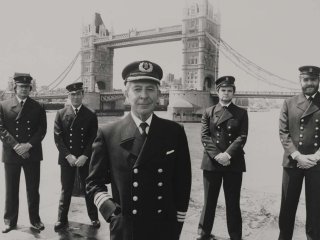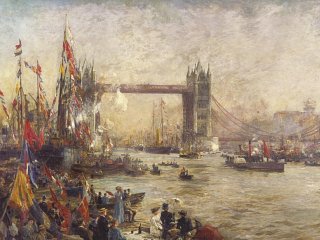The Voices of Tower Bridge: Friend Samuel Penny
In this episode exploring the oral history of Tower Bridge, David Laird speaks to Carol Douglas, the great-granddaughter of Friend Samuel Penny, who worked on the construction of Tower Bridge's foundations from 1886.


